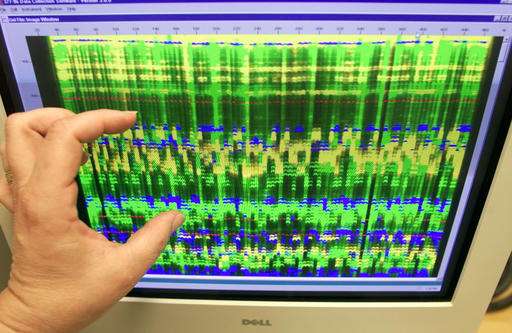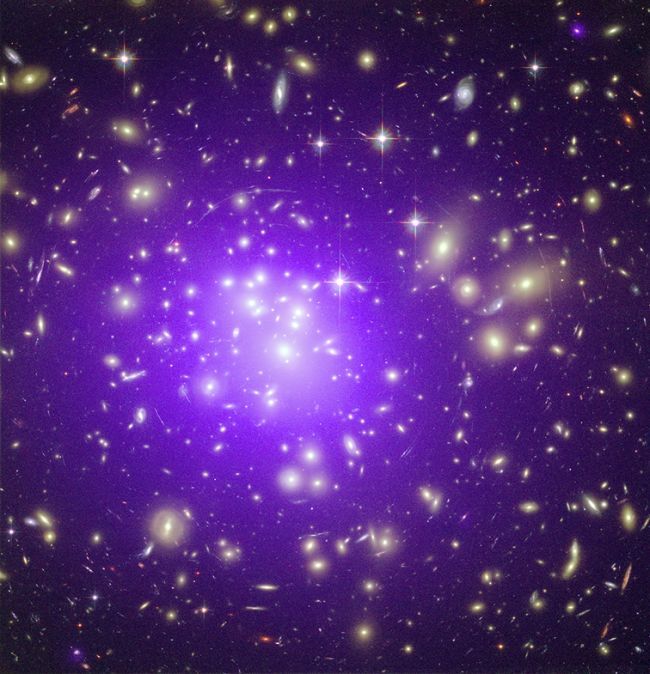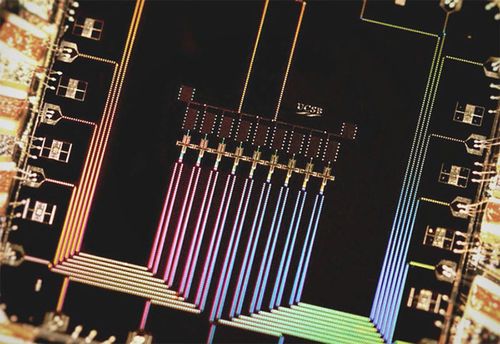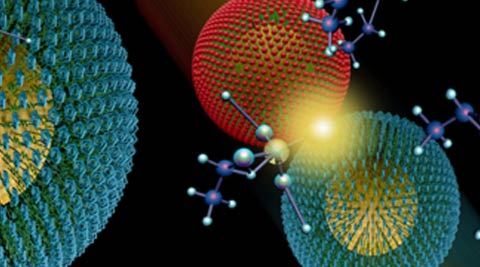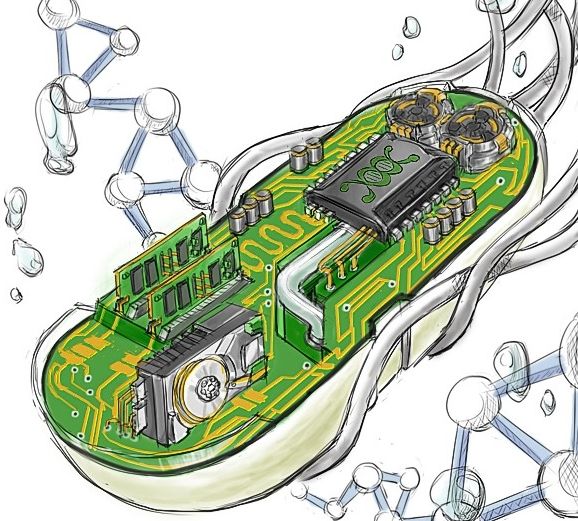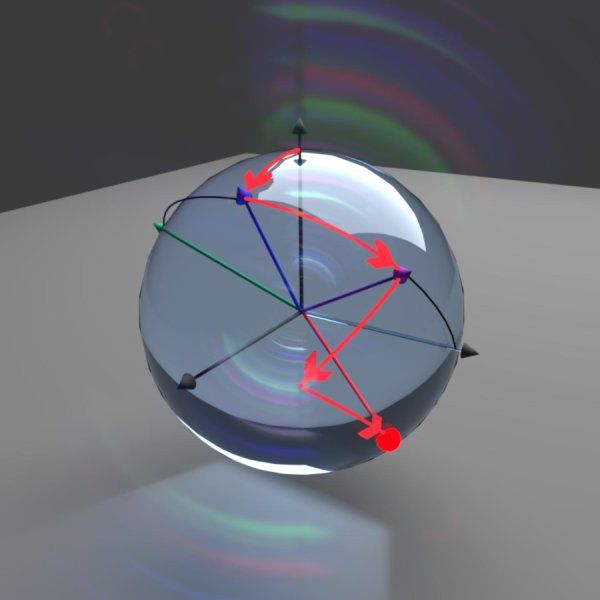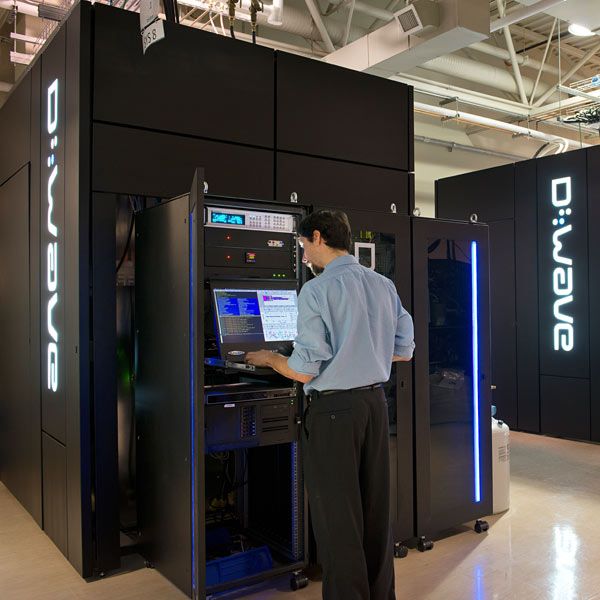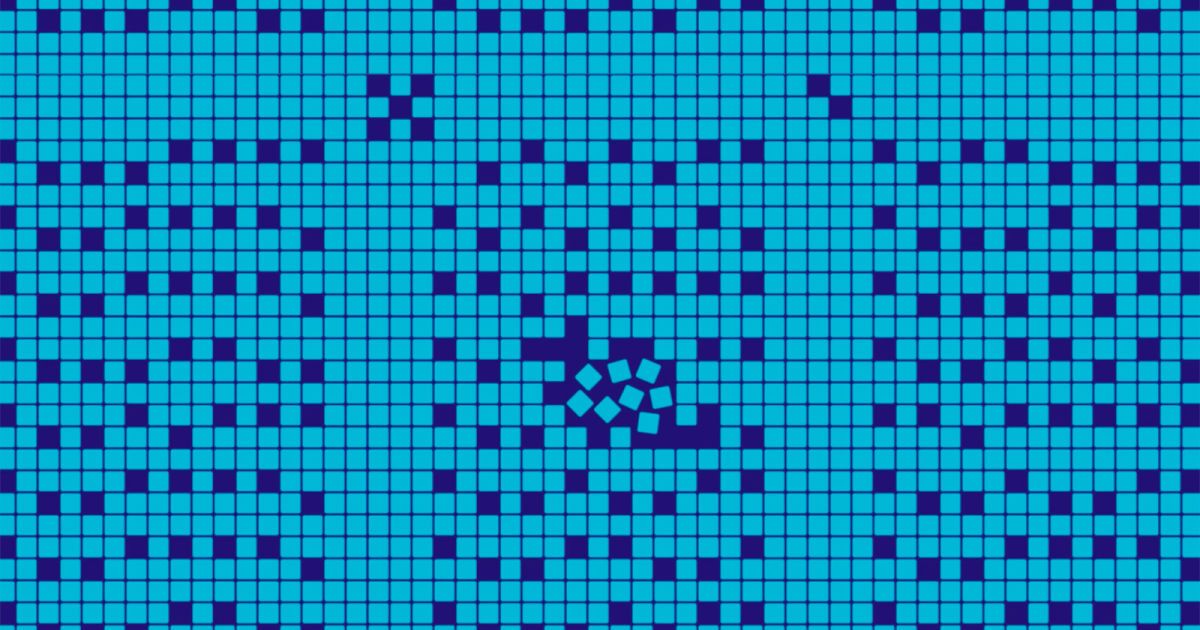Wanted to share because I found this extremely interesting in what we’re discovery on implants and cells. I predict we are going to find out that in the next 7 to 10 years that we had some key things wrong as well as learned some new amazing things about cells especially with the synthetic cell & cell circuitry work that is happening for bio computing.
By Bikramjit Basu & his group Indian Institute of Science, Bangalore
For a variety of medical treatments these days, artificial, synthetic materials are inserted into the human body. Common examples include treatment for artery blockage and orthopaedic surgeries, like hip and knee replacements. Human bodies are not very receptive to foreign objects; most synthetic materials are rejected by the body. The choice of material that can be inserted, therefore, has to be very specific.
We do not yet have a material that is easily accepted inside the human body. A variety of materials are used for the different kinds of functions they are intended to perform once inserted inside. At our group, we have been trying to develop a comprehensive understanding of how biological cells in human bodies interact with a material surface. The idea is to recreate conditions that allow human cells to grow and function normally on a synthetic material. If we are able to do that, these materials, or biomaterials as we like to call them, can be used as various implants.
Read more
